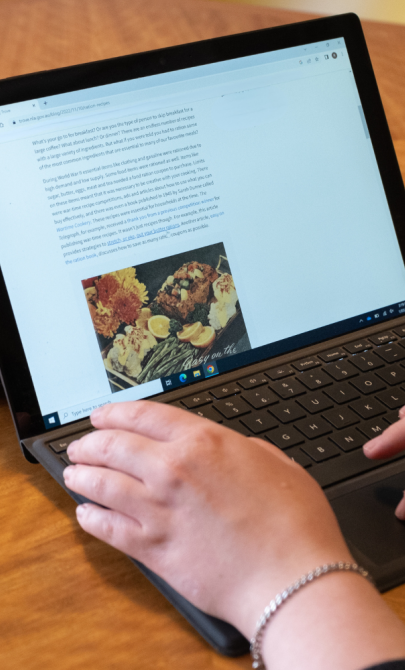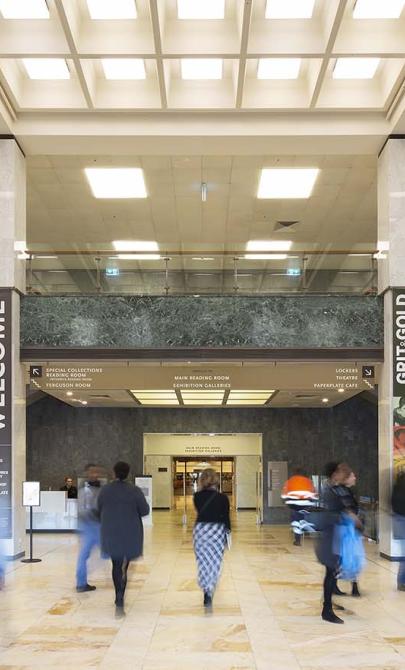2020 blogs
December
- Bold Women in Print
- Are We There Yet?
- The Streetscapes of Marvellous Melbourne
- Hazel de Berg's Oral History Interviews
- International Day of People with Disability
- What's new in the Treasures Gallery?
- World Aids Day - 1 December
November
- From Braidwood to the Red Planet
- Introducing BlackWords by AustLit
- NAIDOC Week at the National Library
October
- Interview with author Patricia Clarke
- Ellis Rowan
- Old Sydney
- Whatever the weather!
- Interview with a bookseller
September
August
- Interview with Family Historian Vanita Kumar
- Board games in the National Library
- Great Speeches
- Australian Dreams: The idea behind the exhibition
- Quips and quirks of facetious mirth
- A Season for Books
July
- General Monash and his Grand Designs
- Mandela Day: A Reflection on Charles Perkins
- George’s Marvellous (Colonial) Medicine
- Research skills are life skills
- eResources for Women’s Studies
June
- Australian World Heritage
- Walking a Mile
- Sir John Monash
- Exploring Antarctica with the National Library
- Regional Newspapers
May
- Reconciliation Week at the National Library
- COVID-19: Preserving the stories of Australia
- Years of Saving Lives: The Australian Red Cross
- Tales of Old Parliament House
April
- Teaching the First World War
- ANZAC Voices: A Legacy of Service and Sacrifice
- Sharing Our Shakespeare
- Illustrating Indigenous Australia
- All Things Folk at the National Library
- This is what a feminist looks like
March
- Masks, Soap and Courage
- Three months of uninterrupted research. Heaven.
- Luna Park - Just for Fun
- Publishing a book in 1784
- A melancholy loss
- Canberra Day
February
- Writing your family history
- Intriguing Journeys: Maps of Evan Richard Stanley
- The Catch
- A Library love story - chapter and verses
- Discovering our collections
- Sarah Stone's birds



